01:32
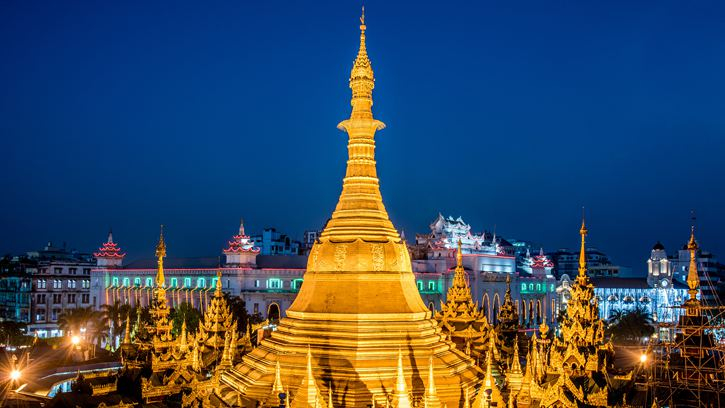
This year marks the 70th anniversary of the establishment of China-Myanmar diplomatic relations. As friendly neighbors, Myanmar has been generally associated with the silk road, which originated in China, throughout history and the friendship of two countries keeps vibrant thanks to the Belt and Road Initiative (BRI).
In ancient times, Myanmar was a transportation hub of both the southwestern Silk Road between China, Myanmar and India and the Maritime Silk Road, bringing great convenience to trade between China, the Indian Ocean and the western world.
The long-term friendly bilateral economic ties have laid a foundation for Myanmar to participate in BRI in the new century.
In 2015, Myanmar joined the China-initiated Asian Infrastructure Investment Bank as one of the founding members.
The two countries then signed a memorandum of understanding (MoU) to jointly build the China-Myanmar Economic Corridor (CMEC) in 2018, aiming to further enhance bilateral pragmatic cooperation within the framework of BRI.
"CMEC is proceeding on schedule. It is a grand project that needs to be carried out in steps," said Li Chenyang, director of the Institute of Myanmar Studies (IMS) of Yunnan University.
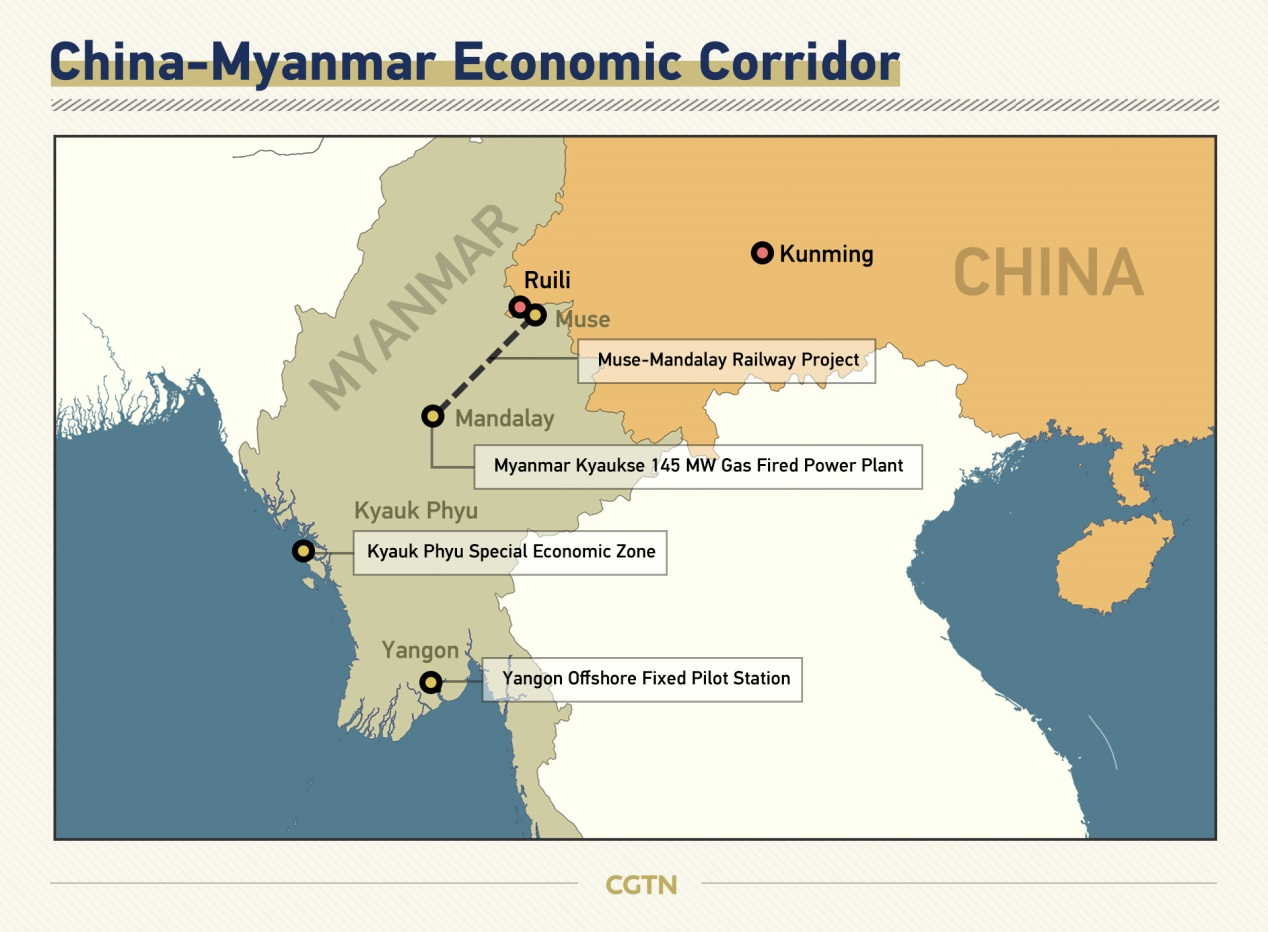
According to the MoU, the economic corridor will form a three-pillar giant cooperation pattern, which starts north from China's Yunnan Province, goes down south to the central Myanmar city of Mandalay, and further extends east to the new city of Yangon and west to the Kyaukpyu special economic zone, with supporting projects on the agenda.
Chinese State Councilor and Foreign Minister Wang Yi said China is willing to promote CMEC from concept, plan substantial implementation and build it into a flagship program BRI joint construction between the two countries.
According to Myanmar's State Counselor and Foreign Minister Aung San Suu Kyi, the two sides will seize the 70th anniversary of the establishment of their diplomatic relations as an opportunity to strengthen high-level exchanges, and jointly build the BRI as well as CMEC.
"China is currently Myanmar's most important investor and largest trading partner," said Yang Guoying, professor of Burmese at Peking University, adding that the China-proposed BRI has received a positive response from Myanmar and the economic corridor project is tailored for Myanmar.
The China-proposed BRI has not only brought opportunities to Chinese companies but also benefited countries and local residents along the routes.
Yangon offshore fixed pilot station
Managed by the Myanmar Port Authority, the Yangon Offshore Fixed Pilot Station project, which is the second of its kind in the world following the one built in Thailand, started in March 2017 and construction of the station by China Harbour Engineering Co., Ltd. was completed in February 2019.
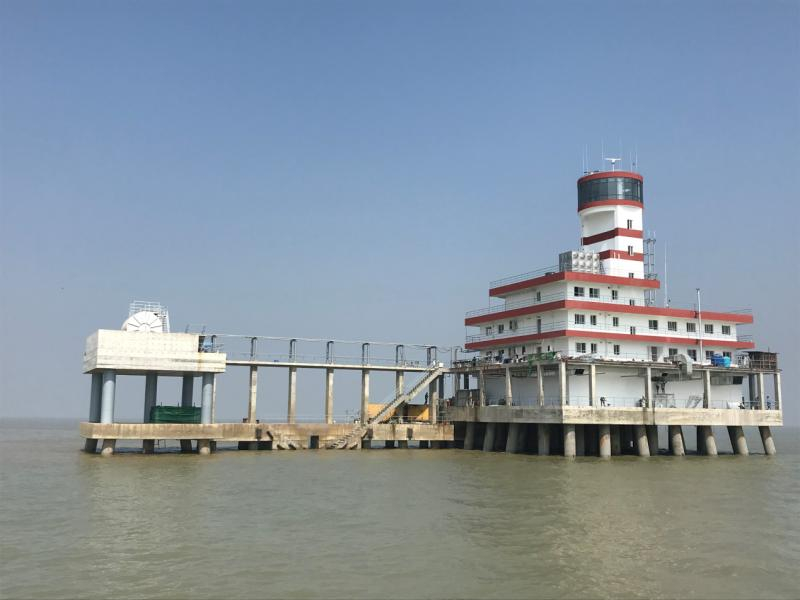
The Yangon Offshore Fixed Pilot Station /Photo via fmprc.gov.cn
The Yangon Offshore Fixed Pilot Station /Photo via fmprc.gov.cn
Located at 20 nautical miles away from the mouth of the Yangon River, the pilot station will come into operation with more safety and secure manner to carry out the pilotage services in any weather condition, said U Ni Aung, managing director of Myanmar Port Authority.
At the project opening and handover ceremony in last March, Union Minister U Thant Sin M for Transport and Communications praised the successful completion of the project in line with the international quality standard, saying that the station plays an important supportive role to the country's economic development.
Kyaukse gas-fired power plant
People in Myanmar's Mandala are no more strangers to Chinese companies, which are finding new ways of going global while contributing to the development of relevant countries thanks to new business opportunities brought about by the implementation of the BRI.
The recently inaugurated China-constructed Myanmar Kyaukse 145 MW gas-fired power plant in the region has provided more than 30,000 jobs.
The project has brought the total power produced in the region to 525 MW, which will be transmitted not only to Mandalay region but also to the national grid reaching the people in the whole country, Myanmar State Counselor Aung San Suu Kyi remarked at the launch ceremony of the plant last May.
Muse-Mandalay railway
China and Myanmar signed a MoU in late 2018 to conduct a feasibility study of a railway linking Muse, a border town in Myanmar's northeastern Shan state, with Mandalay, the country's second largest city in the north.
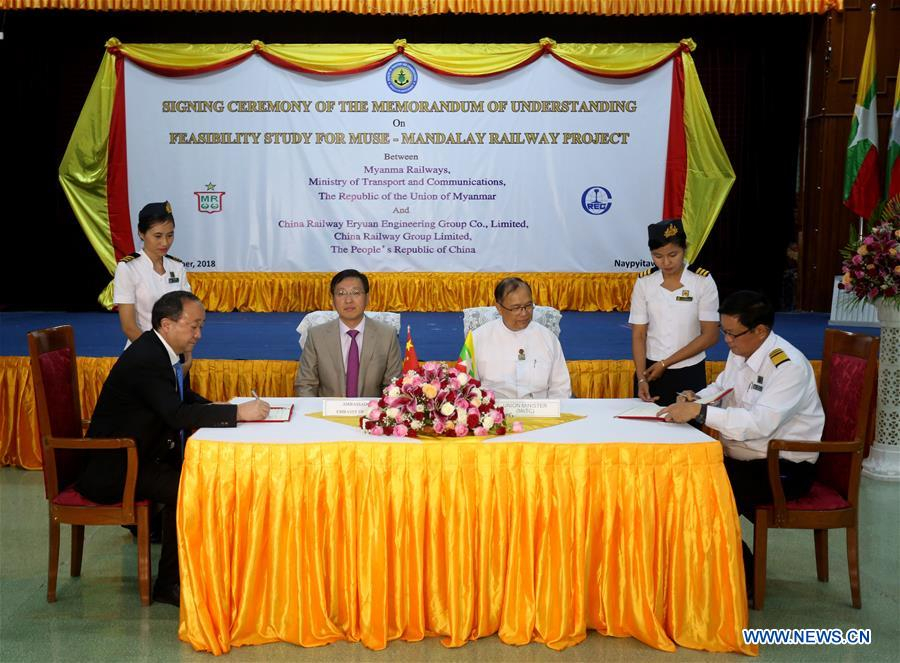
Managing director of Myanma Railways U Thurein Win (R1) signs a document with Zhu Ying (L1), president of China Railway Eryuan Engineering Group, during a signing ceremony of a memorandum of understanding in Nay Pyi Taw, Myanmar, October 22, 2018. /Xinhua Photo
Managing director of Myanma Railways U Thurein Win (R1) signs a document with Zhu Ying (L1), president of China Railway Eryuan Engineering Group, during a signing ceremony of a memorandum of understanding in Nay Pyi Taw, Myanmar, October 22, 2018. /Xinhua Photo
Under the MoU inked between China Railway Eryuan Engineering Group Co. Ltd and state-run Myanma Railways, the feasibility study will be conducted within two years covering environmental and social impact assessment.
The project is expected to reduce transportation cost, contribute to socio-economic development while conforming to environmental conservation, Myanmar Transport and Communication Minister U Thant Zin Maung said.
Kyauk Phyu Special Economic Zone
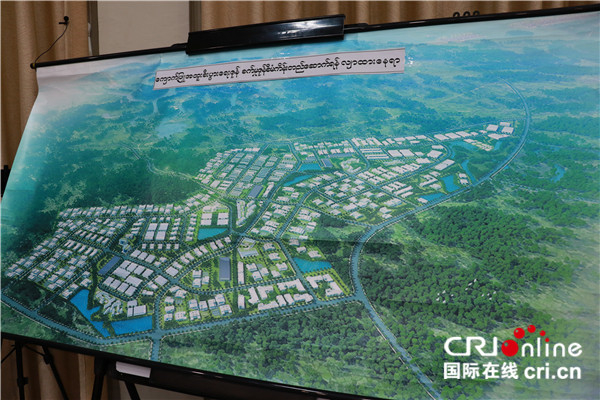
The Kyauk Phyu Special Economic Zone plan /cri.cn
The Kyauk Phyu Special Economic Zone plan /cri.cn
Myanmar's KPSEZMC and China's CITIC Consortium signed a framework agreement on the Kyauk Phyu Special Economic Zone (SEZ) Deep-Sea Port Project in Kyauk Phyu, western Rakhine state of Myanmar in 2018.
Last year, the environmental and social impact assessment (ESIA) and preliminary geological survey of the project Myanmar were launched by Myanmar, and both sides have been trying to sign the final agreement early to achieve substantive commencement of the project.
"The port project is not just limited to port construction, it also includes a raft of supporting facilities, like transportation infrastructure, as well as customs and quarantine services, which need to be actively promoted at the same time," Li said.
In addition, as of 30 November 2019, the direct economic benefit of China-Myanmar crude oil and natural gas pipeline, both of which starts in Kyauk Phyu and were put into service in 2017 and 2013 respectively, have accumulated 520 million U.S. dollars for Myanmar.
Border Economic Cooperation Zone
Myanmar and China signed a MoU to set up a China-Myanmar Border Economic Cooperation Zone in 2017 to create business opportunities and jobs, develop manufacturing power and improve bilateral trade.
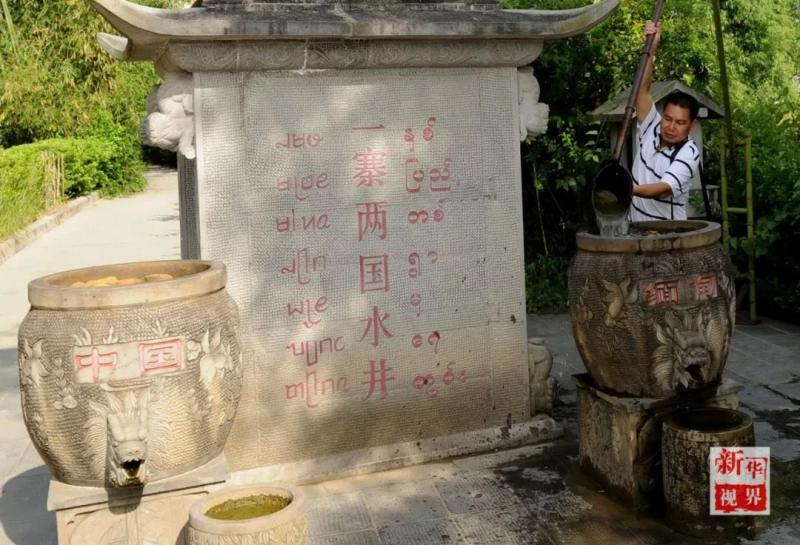
A well located in Ruili City, southwestern China's Yunnan Province, which straddles China and Myanmar. /Xinhua Photo
A well located in Ruili City, southwestern China's Yunnan Province, which straddles China and Myanmar. /Xinhua Photo
From November 20 to 24 last year, the inaugural Myanmar (Lashio)-China (Lincang) border economic and trade fair was held in Myanmar's northern city of Lashio and will be held once a year. Over 80 companies from China and Myanmar participated with nearly 1.12 million yuan (about 162,290 U.S. dollars) products sold on the spot. The contract sales hit more than 5 million yuan and the intention turnover reached at 107 million yuan.
"The western media has been preaching that the economic corridor is a debt trap," Li mentioned, noting that both China and Myanmar should vigorously refute such false statements with science and measurable facts.
(CGTN's Liu Jiaxin also contributed to the story.)